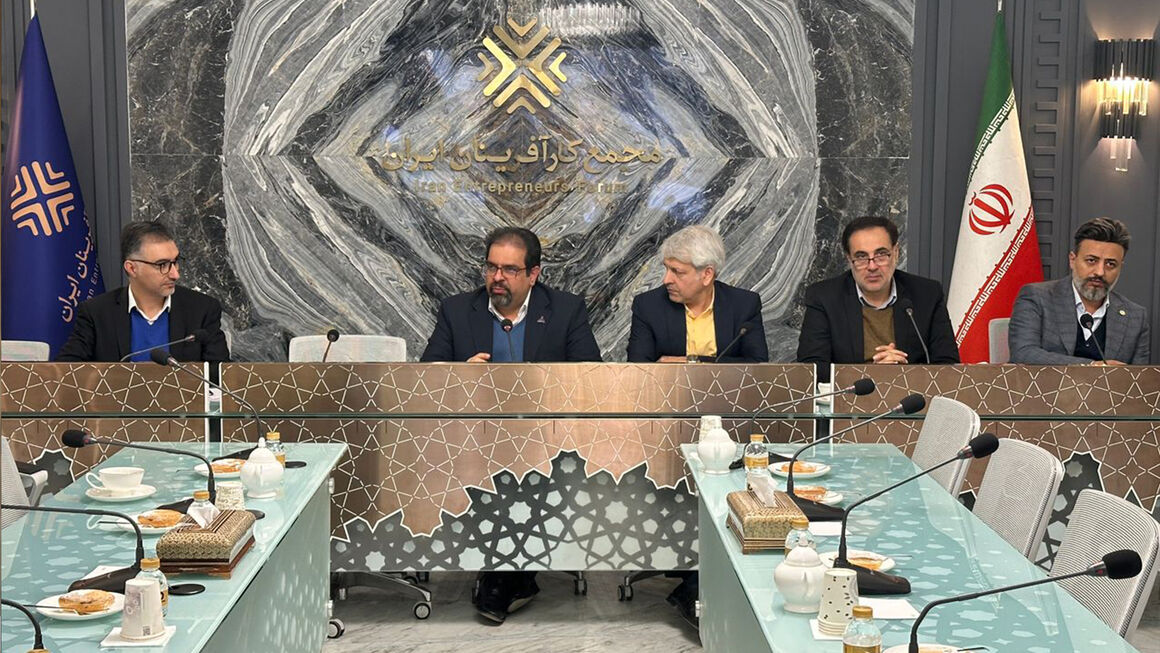Saeid Tavakoli shared this news during a meeting with members of the Iranian Entrepreneurs Association, adding that the participation of Mr. Pezeshkian in the NIGC's consumption management campaign and the President Masoud Pezeshkian's emphasis on the impact of reducing indoor and workplace temperatures by 2 degrees Celsius highlights the national importance of addressing energy imbalance.
He explained that, based on this campaign, reducing indoor and workplace temperatures by 2 degrees Celsius could save up to 50 million cubic meters of gas per day, equivalent to the output of two phases of the South Pars gas field. This amount is enough to meet the consumption needs of up to three provinces.
Tavakoli emphasized that Iran has the world's second-largest gas reserves, with 75 to 76% of its gas fields located in the southern waters and 24% distributed across other regions. He added that the country achieved a record gas production of 862 million cubic meters under the current administration.
The deputy oil minister detailed the gas consumption breakdown: 34% of the total gas produced is used by power plants, 34% by industries, 25% by households, 4% by transportation (CNG), and 3% by other sectors.
"Gas makes up 72% of the country's energy mix," he said, stressing that this means the country relies heavily on gas for its energy needs.
Gas dominates power plant energy mix
Tavakoli noted that 85% of power plants' energy comes from gas, with 100% of the fuel for steam and gas power plants being gas. However, during the winter, as demand increases in the residential, commercial, and small industrial sectors, power plants may switch to using a mix of gas, diesel, and fuel oil.
He pointed out that no other country has such a high reliance on gas for its power generation, as the global average is only 22%. This statistic indicates a lack of fuel diversification in Iran’s energy mix, whereas in other countries, various fuel types are commonly available.
Currently, 95% of Iran’s population has access to natural gas, including 99% of urban areas and 85% of rural areas. The National Iranian Gas Company processes rich gas at 20 refineries across the country, which is then distributed to various sectors.
Household sector accounts for majority of gas consumption
Tavakoli also stated that 80 to 82% of the gas produced this winter is consumed by residential, commercial, and small industrial sectors, with only the remaining 20% allocated to industry and power plants, which is not a large amount.
He recalled that last year, Turkey did not import gas from Iran for four months, which resulted in a surplus of approximately 3 billion liters of fuel in Iran’s reserves. This was during the peak of summer when power plants were heavily reliant on gas, which was all directed to them. Additionally, the winter season was the warmest in 50 years, further exacerbating the energy imbalance.
Tavakoli acknowledged that the issue is not only about storage but also about a gas shortage during the summer. He noted that resolving the energy imbalance requires a comprehensive approach, beginning with an increase in production, which will only partially address the problem.
Energy inefficiency in Iran
The NIGC CEO highlighted the country’s inefficient energy consumption, stressing that the issue of energy imbalance should be the top priority for the nation. He called on industries involved in equipment and optimization to address this problem, pointing out that homes are heated to an extreme degree in Iran, leading to significant energy waste that is unmatched anywhere else in the world.
Tavakoli pointed out that 73% of the world's gas reserves are located in the region, presenting a significant opportunity for Iran. While 74% of the country’s gas is produced in the south, 70% of it is consumed in the north.
He described the launch of the Energy Exchange as a positive step toward addressing the gas imbalance, with many steel companies and other industries supporting the initiative.
Tavakoli also mentioned a memorandum of understanding with petrochemical companies to reduce consumption by 10%, which has garnered attention from the private sector, investors, and petrochemical companies.
Tavakoli reiterated that there are no special privileges or "golden signatures" for any industry or private sector in the NIGC, and he expressed hope that the "2 Degrees Less" campaign continues to show positive results.


Your Comment